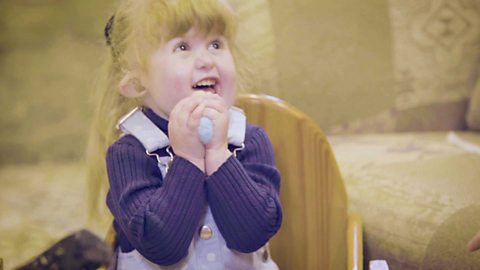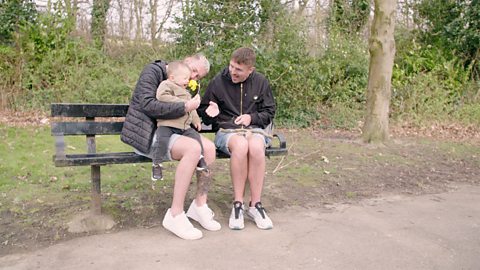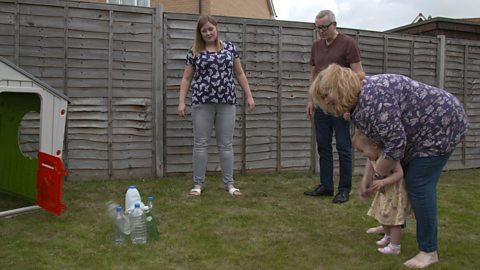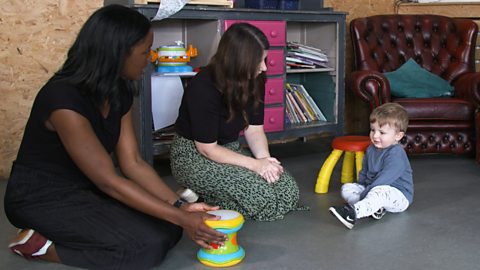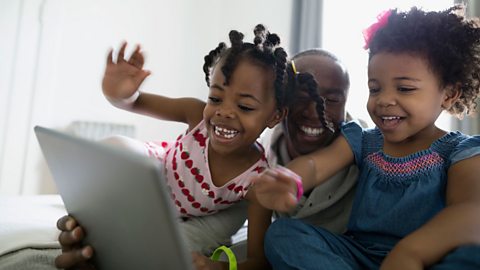Home > Activities > 2-3 years
Matching pairs games can be a really fun way to test your child's observation and memory skills while teaching them lots of new vocabulary.
If you have some paper and pens, pencils or crayons, you can make your own flash cards at home to play together with your child.
Take a look at the video below for some inspiration of what words to put on your cards first.
What are the benefits of playing matching games with toddlers?
- Playing with flashcards gives a lot of opportunity to repeat words and model sentences.
- Flashcards help to build a child's vocabulary by introducing them to new words.
- Putting their favourite objects on the flashcards motivates them to chat more during this activity.
- Matching the images helps to teach the concepts of 'same' and 'different'.
- Playing a traditional snap or pairs game will test their short term memory and observation and attention skills.
- Using signs or objects alongside the cards can help the child link the word with their own experiences.
How to make a matching pairs game
You can make your own matching pairs game by creating cards and drawing pictures on them.
You will need:
- paper
- scissors
- crayons or felt-tip pens
Once you've cut your paper into smaller cards, all you need to do is draw the same image on two of the cards. Repeat this until you have a set of cards.
You can select words that are useful or motivating for your child. They could even be chosen by them!
As your little one gets older and closer to starting school, you could write the word on the card as well as the picture. This can help them with their phonological awareness and early reading skills.
Top tips for playing with vocabulary flashcards
Matching pairs is a fun game to play with your child and can be a great way to reinforce the names for objects.
You could start by playing with the cards face up. Point at an image and see if they can name what it is. Go through and name the cards and see if your child can find the matching image.
This is a great time to repeat words, and model sentences to your child that contain that word.
If you use a signing system with your child, you can use your signs to show another example of the word. Showing the object in real life is another great way to help children create more links in their brain to that word.
When child becomes more confident matching the pairs face up, you could then try flipping the cards over. This will challenge their memory skills and create a bit of a competition between you.
You could also use your flashcards to play a game of snap.
Why not stick your flashcards up around the house? You could put a show flashcard near where you keep your shoes in your house. This gives your flashcards a purpose after you've finished play.
Revisiting the words in your day-to-day life will help your child remember the words and use them in lots of different sentences.
Children don't need flashcards or to be sat at a table to learn words and sentences, but this is one way that some parents and children like to play and learn. Don't feel disheartened if your child prefers to learn through more active play, they'll still be learning lots in this way.
Making your flash cards together is another fun game for your child. It can help their hand eye coordination and boost their language development.
Want more language learning fun?
- If your child likes to play tabletop activities, here is a list of 12 more activities to try with your little ones.
- Want to know more about the power of pictures and flashcards? Check out the page on how pictures can help with children's communication?
- There are loads of reasons to sign with your baby. If you are interested in finding out more about the signing used in this film, check out our guide on everything you need to know about signing with your baby or toddler.

